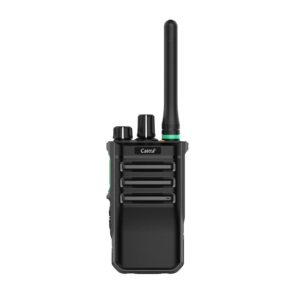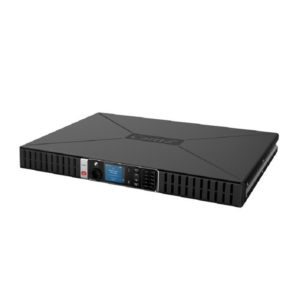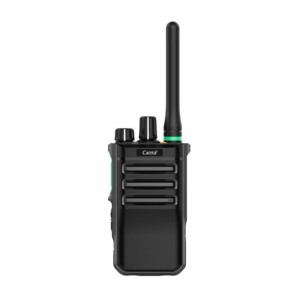Description
Caltta Active Link license / for Caltta PR900 repeaters
The Caltta Active Link license increases the reliability, flexibility and efficiency of the radio network, especially in larger or more complex networks where continuous and stable communication is essential. Where network stability and seamless interoperability are important, this license can provide significant benefits, especially in forests or high mountains.
Caltta Active Link is a wireless communication solution offering the ability to create a network of up to 16 hilltop repeaters connected to each other without the need for a traditional IP network.
Ideally suited to applications where it is either not possible or practical to connect multiple repeaters together via an IP network (internet, microwave or 4G), Caltta Active Link enables multiple repeaters to network with each other using the RF capability of each Caltta PR900 repeater used.
Connectivity
Up to 16 repeaters can be used within the Caltta Active Link solution. Repeaters act as both voice and data links.
Suitability
Caltta Active Link is ideal for use in areas where traditional IP connectivity is not possible or for quick temporary deployments.
Operation
When a DMR terminal initiates a call under the coverage of one of the repeater stations, the repeater will forward the call to the DMR terminal under the coverage of it, and activate the surrounding repeater stations based on the stored frequency list of adjacent intermediate stations, so that the surrounding repeater stations can receive the call information forwarded by this repeater station together.
From this, the neighboring repeater stations will forward call information to their respective coverage areas, and synchronously activate the next step of neighboring repeater stations stored in these repeater stations. By multi-level transmission, calls are transmitted to the entire active link networking.
Who benefits from using Caltta Active Link?
- Transport companies: efficient communication between different locations.
- Emergency services: ensure continuous connectivity in all circumstances.
- Industrial facilities: reliable operation of radio communication systems covering large areas.
- Security operators: minimise network outages and maintain communications in critical situations.



















